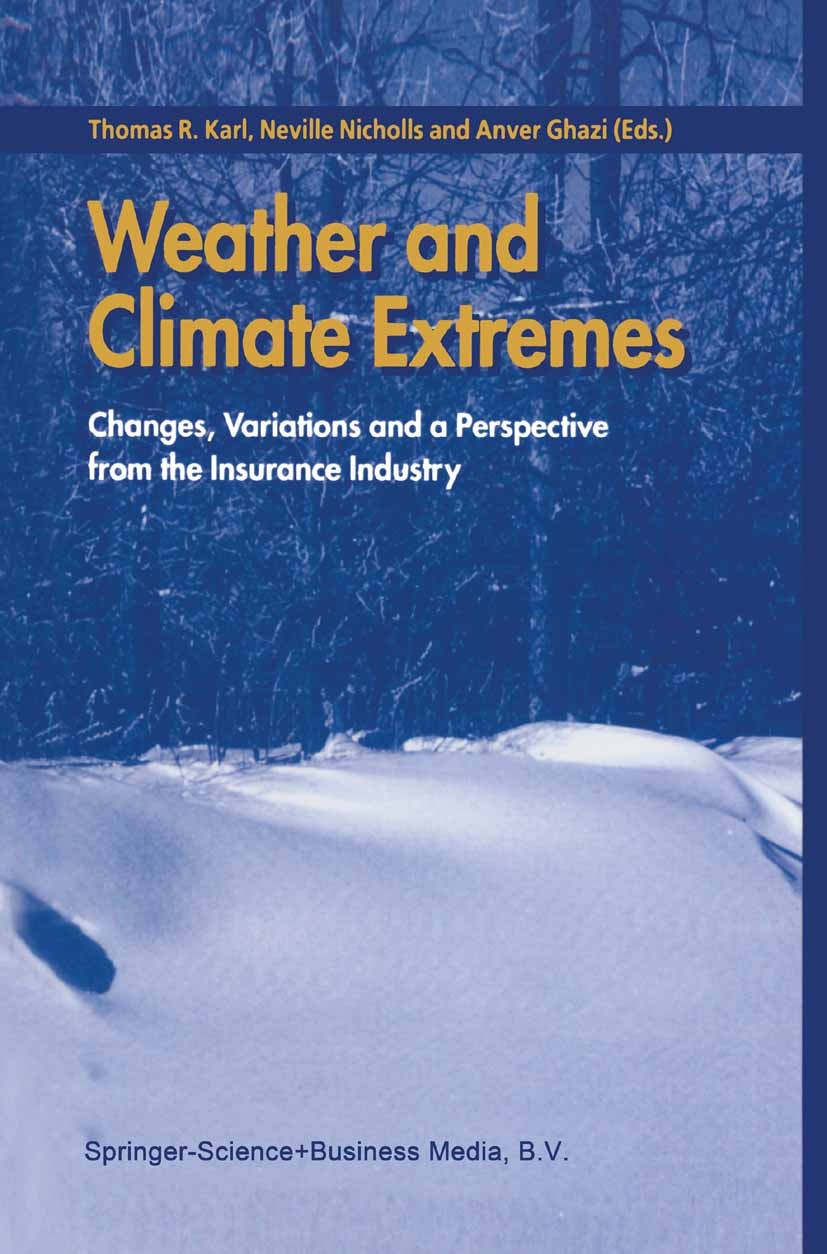在数值天气预报模式的基础上,加强整合已证实的技术,以量化极端洪水事件预测的不确定性
IF 6.9
1区 地球科学
Q1 METEOROLOGY & ATMOSPHERIC SCIENCES
引用次数: 0
摘要
做好水库入库预测是制定水库运行管理政策的重要前提之一。考虑到数值天气预报(NWP)模式的不确定性,本研究以一种新颖的方式结合成熟的技术,开发了一个综合框架,用于以次日时间步长(6小时间隔)预测基于事件的入流洪水。据此,提取了伊朗德兹河流域6次极端洪水事件的原始降水预报。利用分组数据处理方法(GMDH)和加权平均加权最小二乘回归(WA-WLSR)模型建立了多模式集成(MME)系统,对原始降水预报进行后处理。因此,我们提出了一种将Hydrologiska byr本文章由计算机程序翻译,如有差异,请以英文原文为准。
The enhanced integration of proven techniques to quantify the uncertainty of forecasting extreme flood events based on numerical weather prediction models
Skillful forecasting of reservoir inflow is one of the main prerequisites for determining reservoir operation and management policies. This research incorporates proven techniques in a novel way to develop a comprehensive framework for forecasting event-based inflow floods with sub-daily time steps (6-h intervals), considering the uncertainty of Numerical Weather Prediction (NWP) models. Accordingly, raw precipitation forecasts were extracted for six extreme flood events in the Dez River basin, Iran. A Multi-Model Ensemble (MME) system was developed using the Group Method of Data Handling (GMDH) and Weighted Average-Weighted Least Square Regression (WA-WLSR) models to post-process raw precipitation forecasts. We thereupon proposed an approach that combined the Hydrologiska Byråns Vattenbalansavdelning (HBV) hydrological model with the Long-Short Term Memory (LSTM) network (HBV-LSTM model) to enhance flood forecasting. Moreover, a comparative analysis was performed between the modeling approaches, i.e., probabilistic inflow forecasting and deterministic inflow forecasting. The results revealed that the forecasting skill of the MME model built using the WA-WLSR model was higher than that of the GMDH model. Accordingly, the highest Continuous Ranked Probability Skill Scores (CRPSS) of 0.61 and 0.67 were achieved by the GMDH and WA-WLSR models, respectively, based on a precipitation threshold of 10 mm. Additionally, both the HBV-LSTM model and the LSTM network outperformed the individual HBV model in producing inflow flood hydrographs. Based on the best flood forecasting approach, i.e., the HBV-LSTM model, the exceeded 0.95, and the remained below 0.09 for various flood events. The outcomes indicated a variability of 2–10 % in the relative peak error using the HBV-LSTM approach for different flood events. Our findings provide valuable insights for determining the key elements of reservoir operations and enhancing management strategies under flood conditions.
求助全文
通过发布文献求助,成功后即可免费获取论文全文。
去求助
来源期刊

Weather and Climate Extremes
Earth and Planetary Sciences-Atmospheric Science
CiteScore
11.00
自引率
7.50%
发文量
102
审稿时长
33 weeks
期刊介绍:
Weather and Climate Extremes
Target Audience:
Academics
Decision makers
International development agencies
Non-governmental organizations (NGOs)
Civil society
Focus Areas:
Research in weather and climate extremes
Monitoring and early warning systems
Assessment of vulnerability and impacts
Developing and implementing intervention policies
Effective risk management and adaptation practices
Engagement of local communities in adopting coping strategies
Information and communication strategies tailored to local and regional needs and circumstances
 求助内容:
求助内容: 应助结果提醒方式:
应助结果提醒方式:


